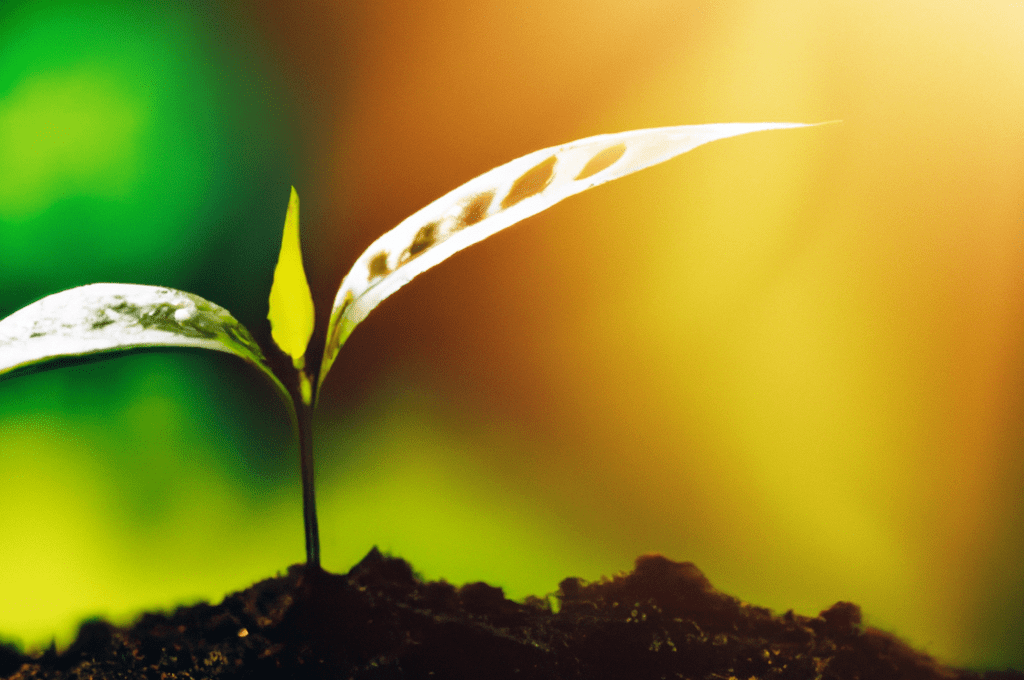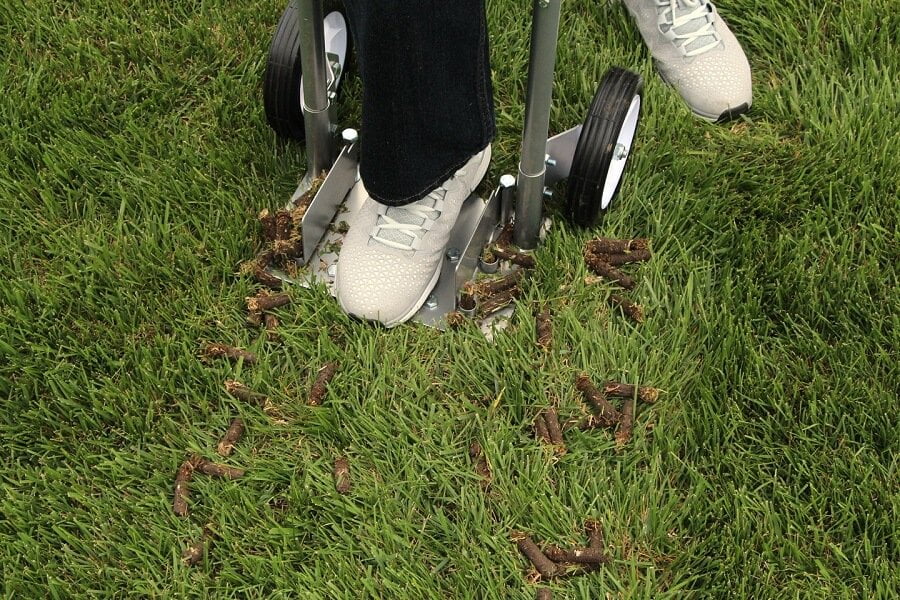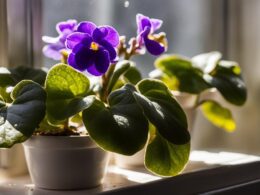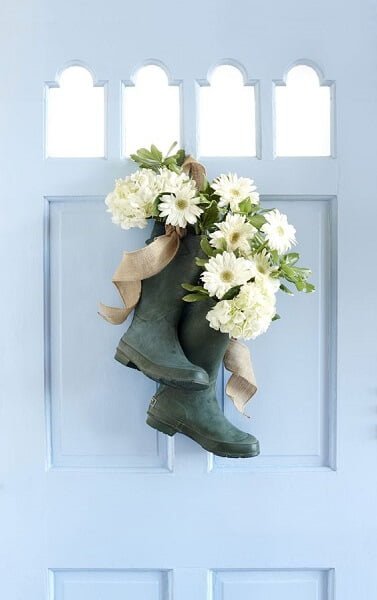Are you an avid gardener who loves starting your seeds indoors? If so, you might have experienced the frustrating and disheartening problem of mold taking over your seed trays and harming your seedlings.
But don’t worry, with the right techniques and preventative measures, you can say bye bye to mold and ensure healthy seedlings.
In this article, you will learn simple and effective tips for preventing mold from occurring in the first place, as well as solutions for getting rid of mold on seedlings and seed starting soil.
By following these tips, you can feel confident that your seedlings will grow strong and healthy, without the threat of mold taking over.
So let’s get started on creating a safe and healthy environment for your seedlings to thrive in.
Quick Summary
- Mold is a persistent problem in gardening, especially when starting seeds indoors, and can easily take up residence in seed trays.
- Stopping mold before it takes over seed trays is critical for all seeds to germinate and grow to maturity.
- Cleaning moldy seeds can be done by misting them with distilled white vinegar, hydrogen peroxide, or isopropyl alcohol and setting them in direct sunlight.
- Sterilizing seed starter pots and trays before use is the best way to get mold out of them. Fungicides work to kill off mold and fungi in the soil before they can harm seedlings.
Mold Prevention Techniques
To prevent mold from taking over your seed trays, you should provide good air circulation and consider bottom watering, as well as sterilizing your seed starter pots and trays before use.
Good air circulation is important because it helps to keep the moisture level in the soil from becoming too high, which can cause mold to grow. You can achieve this by running a fan over your seed trays or by opening a window in the room where they are located.
Bottom watering is another effective way to prevent mold growth, as it limits the amount of moisture on the surface of the soil where mold spores can thrive.
Sterilization techniques are also important to prevent mold from taking hold in your seed starter pots and trays. Before using them, you should sterilize them by soaking them in a solution of one part bleach to nine parts water for at least 30 minutes. This will kill any mold spores or other harmful bacteria that may be present. You can also use a commercial sterilizer to achieve the same results.
By following these simple steps, you can ensure that your seedlings have the best chance of growing strong and healthy without being threatened by mold.
Cleaning Moldy Seeds
Mist your moldy seeds with vinegar, hydrogen peroxide, or alcohol and set them in direct sunlight to clean them before planting. These household items are effective in killing mold and germs that may be lurking on your seeds.
However, some gardeners prefer vinegar over peroxide as it’s less harsh on the seeds and is a natural alternative.
Moldy seeds can have a lower germination rate than non-moldy seeds. The effects of mold on germination rates depend on how severe the mold infestation is.
If you notice mold on your seeds, it’s important to clean them before planting to prevent the spread of mold to your potting trays.
By cleaning your moldy seeds, you’re taking a proactive approach to ensuring healthy seedlings and a successful garden.
Fungicide Options
You can effectively combat mold and fungi in your seed trays by using fungicides. Here are some options to consider:
-
Chemical treatments: These are effective but can also harm beneficial organisms in the soil. Be sure to follow instructions carefully and use in a well-ventilated area.
-
Organic alternatives: These options use natural ingredients like neem oil, copper sulfate, or garlic to combat mold and fungi. They’re safer for the environment and less likely to harm beneficial organisms in the soil.
-
Homemade options: You can make your own fungicide using ingredients like baking soda and water, apple cider vinegar, or chamomile tea. However, they may not be as effective as commercial products.
-
Preventative measures: The best way to combat mold and fungi is to prevent them from forming in the first place. Keep seed trays well-ventilated, use sterile soil, and water from the bottom to avoid creating a moist environment that mold and fungi love.
By using these options, you can protect your seedlings from harmful mold and fungi while also promoting a healthy and thriving garden.
Frequently Asked Questions
How can I prevent mold from forming on seedlings in the first place?
Prevent mold on seedlings by practicing good seedling hygiene. Sterilize pots and trays before use, provide good air circulation, and bottom water. Use natural DIY fungicides or commercial fungicides as preventive measures to keep mold at bay.
Can mold on seedlings harm humans or pets?
Mold on seedlings doesn’t pose a direct threat to humans or pets. However, it can cause health risks if inhaled or ingested. Prevention methods include proper cleaning, sterilization, and good air circulation.
Is it safe to use natural DIY fungicides on my seedlings?
Yes, it is safe to use natural DIY fungicide alternatives on your seedlings to prevent mold. However, some ingredients may not be effective against all types of mold. Use natural mold prevention techniques like good air circulation and sterilizing pots and trays before use.
How often should I sterilize my seed starter pots and trays to prevent mold growth?
To prevent mold growth, sterilize seed starter pots and trays before each use. Sterilization frequency depends on your gardening practices, but a good rule of thumb is to sterilize after every use. Taking preventative measures will lead to successful seed germination and healthy seedlings.
What should I do if mold appears on the leaves of my seedlings?
If you see mold on your seedlings, remove any infected leaves and isolate the plant. Organic fungicides like neem oil or baking soda can be used to treat the affected plant. Keep the area clean and dry to prevent further mold growth.









